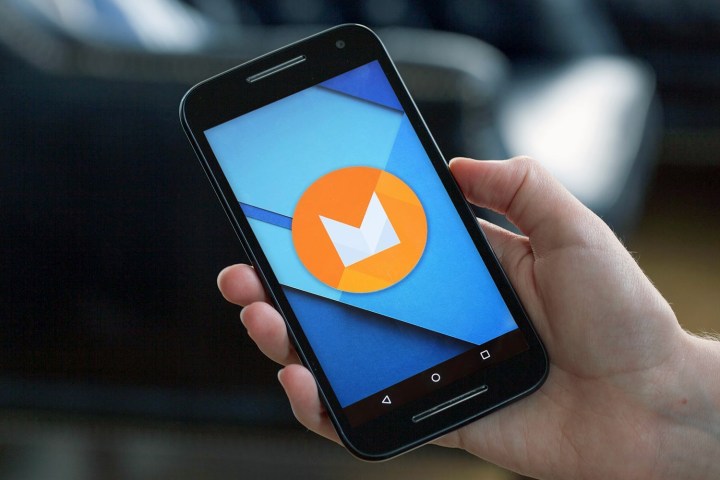
Only 7.5 percent of all Android devices seem to be digging into their s’mores with the latest 6.0 Marshmallow update, according to the latest statistics from Google’s Android Developer Dashboard. Most smartphones are still sucking on Lollipop,
Google receives these numbers by counting all the devices that visit the Google Play Store during a seven-day period that ended on May 2.
Marshmallow, now almost eight months into its release, is up by 6.8 percent from January of this year, and up by 4.6 percent just a month ago. The stagnant growth reflects one of Android greatest flaws: its fragmented update cycle. When Google pushes operating system updates, apart from its Nexus and
Apple, on the other hand, doesn’t have to deal with this problem, as the company is the sole manufacturer of iPhones, iPads, and iPod Touches. The company’s last big OS upgrade, iOS 9, is now running on a whopping 84 percent of devices.
Google has been pushing for manufacturers and carriers to update their devices sooner, and this year, the company rolled out the developer preview from its upcoming flavor of Android early. The search giant wants to hand off the final version of
Android 2.2, Froyo, is still on 0.1 percent of devices, and Ice Cream Sandwich hangs on at 2 percent, while the older Gingerbread version remains at a higher 2.2 percent.
Editors' Recommendations
- WatchOS 10 doesn’t fix my biggest issue with the Apple Watch
- The Google Pixel Watch isn’t great, but it could still save Wear OS
- Android 12L and Wear OS 3 show Google still isn’t serious about tablets and smartwatches
- Not all Pixel 6 phones have mmWave 5G, but here’s why it doesn’t matter
- Disappointingly, Wear OS 3 won’t be saving Android smartwatches for a while yet

